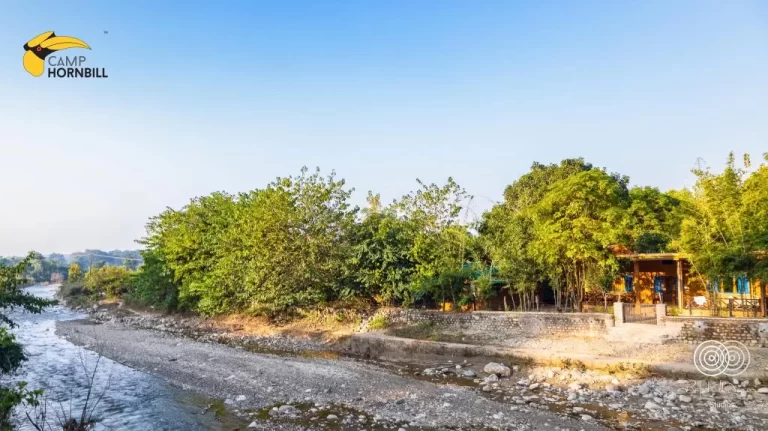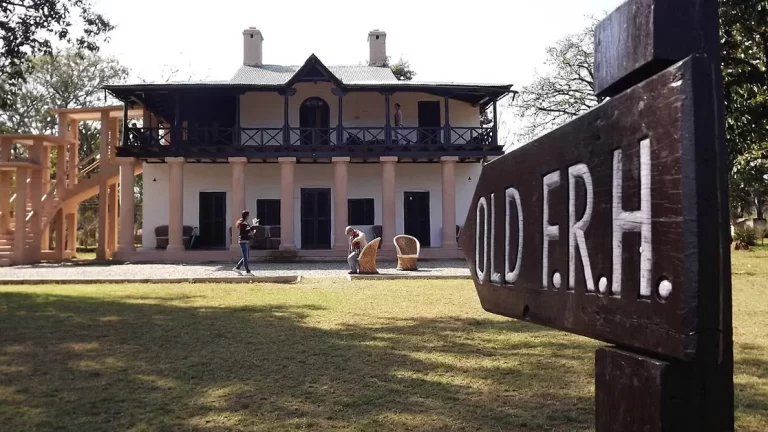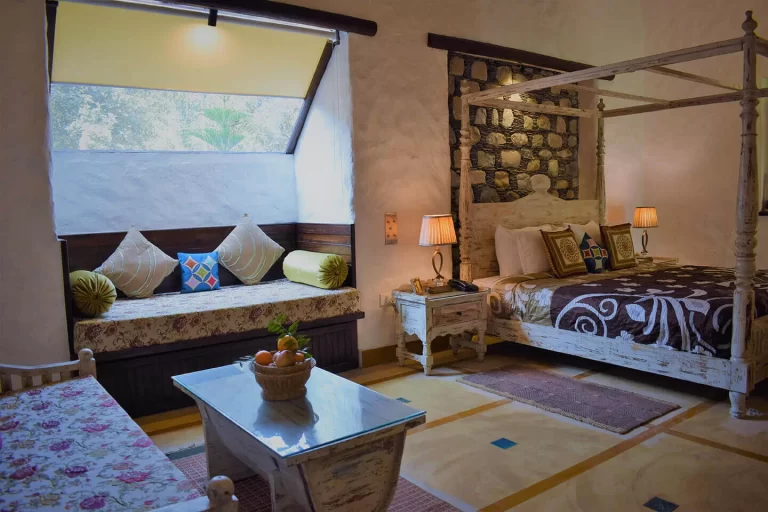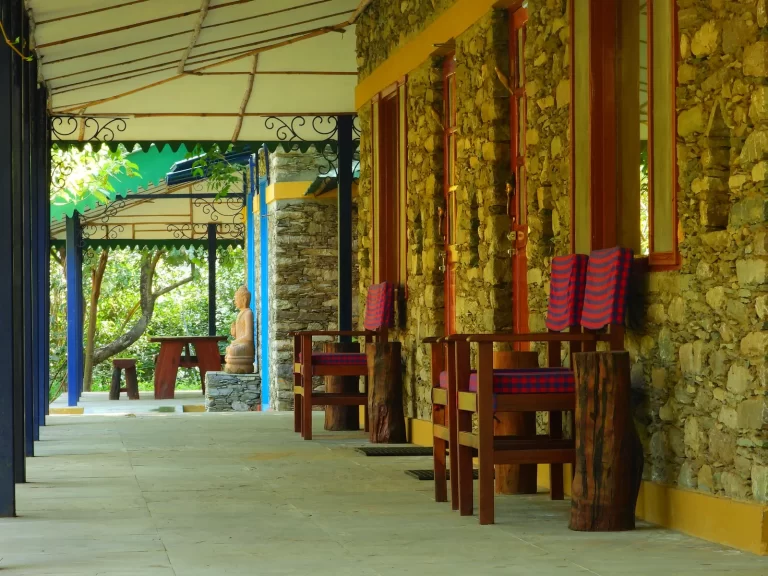Corbett National Park was the centrepiece of Project Tiger, an ambitious effort launched in 1973 to reverse India’s rapidly declining tiger population. Project Tiger remains the largest species conservation initiative of its kind undertaken anywhere in the world.







